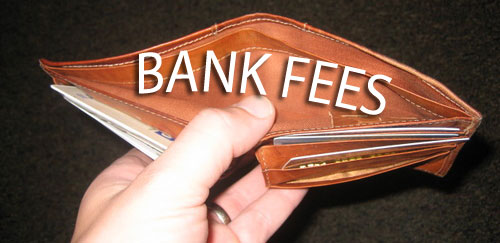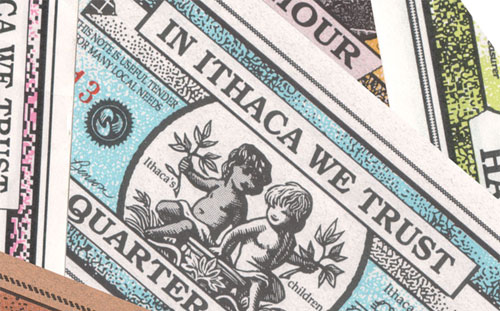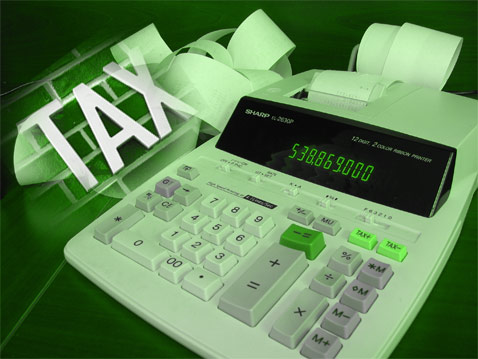One of the ways that you might be leaking money is through overdraft fees. Bank fees have been the subject of much debate recently. Lately, Richard Cordray, the head of the new Consumer Financial Protection Bureau, has been taking aim at overdraft fees, looking at ways to better educate consumers on the costs of overdraft fees, and encouraging banks to share better information about how fees are incurred.
A main issue associated with overdraft fees is the way they are processed. In some cases, banks will process larger purchases first. This results in the account being overdrawn faster, and then smaller purchases end up triggering overdrafts — and their fees. The new bureau is considering the idea of requiring banks to change the order in which they process transactions, in order to reduce fees.

Educating Consumers About Overdraft Fees
Right now, banks offer “standard” overdraft protection services. These services allow consumers to overdraw their accounts by a certain amount. Purchases are allowed to go through, rather than being denied at the register and causing embarrassment. As a result, a fee is charged. This fee can be anywhere between $15 and $45 (or more) for overdrafts. This means that a $2 overage can cost much, much more.
Cordray is considering whether or not to require banks to add disclosures to statements. These disclosures would clearly show the fee, as well as what triggered the fee. The hope is that requiring a disclosure would educate consumers to keep them from overdrawing their accounts as much.
But would showing consumers what they're paying in fees really help?
The Convenience Of Overdraft Fees
The fact of the matter is that many consumers would probably still overdraw their accounts — even if they had a clear idea of how much money is leaking from their accounts as a result of overdraft fees. This type of overdraft protection is highly convenient. Instead of worrying that you don't have quite enough money to complete a purchase, your transaction is simply allowed through. Many consumers are willing to pay the fee if it means the convenience of not being denied at the checkout counter, or if it means they can still make a few purchases even though they don't have the money in their checking accounts.
Some consumers likely use overdraft protection as part of their regular banking habits, factoring it into how they make decisions about purchases. Unfortunately, these fees can add up, leading to the payment of hundreds of dollars a year. For some, though, the convenience outweighs the cost. Instead of worrying about tracking spending and budgeting, it is easier to just spend money, and pay the fees when there are overdrafts.
Once in the cycle, though, it is difficult to break it. It's easy to fall behind, since you have to pay the fees to get back in the black with your account. So, that's money that comes out of your account, and that you don't have to use for other necessities. It can easily become a regular monthly cycle. Instead, you're better off breaking the cycle, and making efforts to track your spending and budgeting to live within your means.



